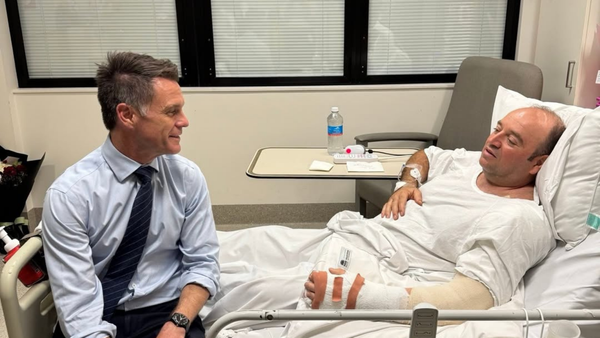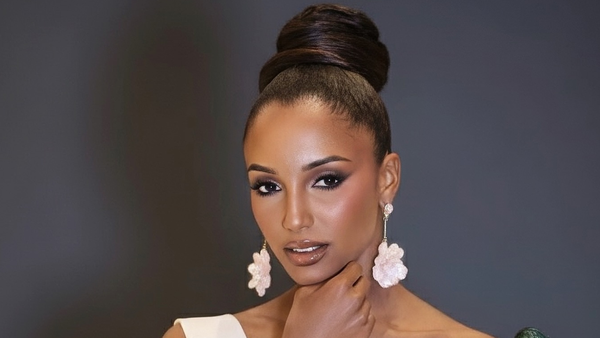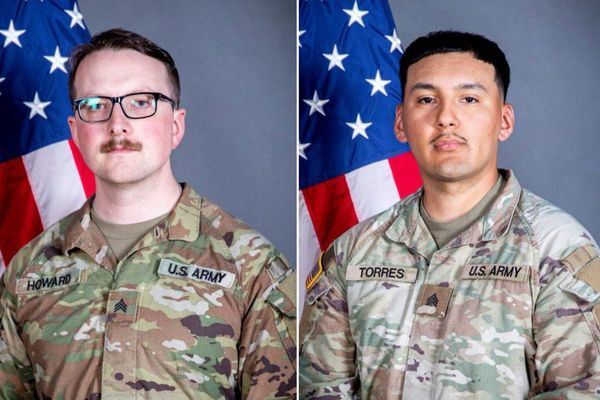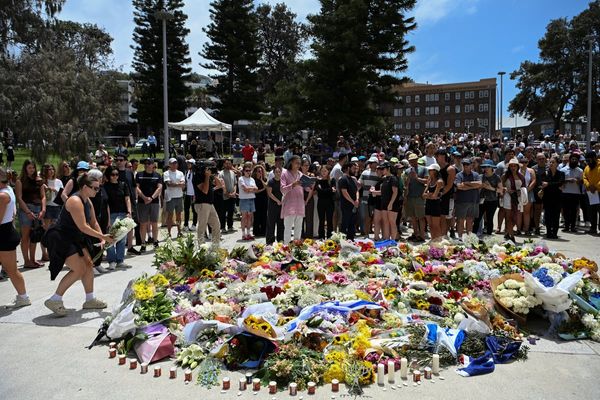
I don’t want to sound like an old guy yearning for yesteryear, but the comic book artists of the 1970s do not get enough recognition. Bronze Age comic book masters of the art form, like Neal Adams, Dave Cockrum, Walt Simonson, Bernie Wrightson, and more, should be known to modern readers. Their talents, style, and art contributions would greatly influence the comic book creators of the late 1980s, 1990s, and 2000s.
The X-Men story tropes and art style that fans take for granted today began in the 1970s. Also, the aesthetics of Spider-Man, Thor, the Fantastic Four, and Darkseid had their origins in that decade. The costume aesthetics of the X-Men were set in that decade. There is something about the comic books of the 1970s that is being forgotten by time, and it shouldn’t.
Here are eight of the most influential comic book artists of the 1970s.
1. Neal Adams
Neal Adams is one of the most influential comic artists of the 1970s. He was one of the driving forces for the progression and modernization of creative storytelling in that era. Adams was one of the leaders of a new school of artists who imbued their art with more detail and aesthetic realism relative to previous eras. Adams would also mirror current social issues in his stories, which was groundbreaking in his era.
He co-created Batman villain Ra’s Al Ghul in Batman #232 in 1971. Ra’s Al Ghul is the head of the League of Shadows, but he is also an ecoterrorist. The villain’s main goal was the significant culling of the human race to save the planet. This was really forward-thinking storytelling in a time when ideologies like climate change and saving the ecology were new ideas to the public.
Neal Adams’ DC Classics Artist’s Edition is a 288-page hardcover collecting his best DC Comics work from the 1970s. Buy it now on Amazon for $146.
2. Dave Cockrum
Dave Cockrum was a Vietnam veteran when he got his start in the comics industry. He got his start with a comic strip for the military, Warren Publishing, and then as an associate with Neal Adams’ Continuity Studios. His distinctive and influential 1970s art style is evident in his work on titles like Superboy, The Fantastic Four, and Spider-Woman.
However, Cockrum is most famous for helping to relaunch X-Men comics with Giant Sized X-Men #1 in 1975. Cockrum is the co-creator of Nightcrawler, Mystique, Colossus, and Storm. He was the main costume designer who gave the 1975 X-Men their distinctive costume styles. Cockrum’s art style was a mix of 1970s action film, sci-fi, and horror aesthetics. He also drew faces with expressive detail effortlessly.
Giant-Size X-Men: Tribute To Wein & Cockrum is a 200-page hardcover. It collects Giant Sized X-Men #1 as written by Len Wein and drawn by Cockrum. It also features art, sketches, and page recreations of the comic by 36 modern artists. Buy it now on Amazon for $31.99.
3. Bernie Wrightson
Bernie Wrightson is one of the most underappreciated comic book artists of the 1970s. He got his start as a newspaper comic strip artist in 1966. Wrightson then got work drawing the DC Comics horror titles House of Secrets and House of Mystery. Along with writer Len Wein, Wright would create Swamp Thing in House of Secrets #92 in 1971.
Wrightson was the co-creator of Destiny in Weird Mystery Tales #1 in 1972; Writer Neil Gaiman would later add Destiny to The Endless in his Sandman comics in the 1990s. While a versatile artist, Wrightson was known for drawing horror and supernatural stories. He also drew comics based on the tales of H.P. Lovecraft and Edgar Allen Poe in the 1970s. Wrightson was also a conceptual and storyboard artist.
4. Jack Kirby
Jack “King” Kirby is one of the greatest artists ever, period. He was the co-creator of characters like The Fantastic Four, X-Men, Avengers, Ant-Man, Silver Surfer, Black Panther, Thor, Iron-Man, and frankly, too many characters to count. Kirby and Stan Lee would create the house style and template for Marvel Comics from the 1940s through the 1960s. Kirby became one of the most infamous artists of the 1970s after leaving Marvel.
Among many complaints, Kirby felt he was not paid enough and did not get credit for his creative contributions. In 1970, Kirby went to DC Comics. He created the Fourth World Saga with characters like The Forever People, Mister Miracle, and the New Gods. Kirby would debut Darkseid in Superman’s Pal Jimmy Olsen #134 in 1970. Kirby would return to Marvel in 1976 and create The Eternals, Devil Dinosaur, and Machine Man.
The few characters mentioned are just the tip of the iceberg. Kirby would create numerous characters and draw many titles for DC and Marvel in the 1970s.
5. Tony de Zuñiga (Tony DeZuniga)
Antony de Zuñiga was a legendary Filipino artist and inker who drew under the name Tony DeZuniga. Born in 1932, DeZuniga would start his art career at age 16. By the 1960s, DeZuniga would travel between Manila and New York City as a freelance artist. By the 1970s, DeZuniga would make connections at DC and help usher in the “Filipino Invasion” of comic book artists of the 1970s.
DeZuniga would help DC Comics staff scout new Filipino artists to work freelance in American comics. DeZuniga drew in a hyper-realistic and detailed way that made his panels almost look like still photos. He was the co-creator of DC characters Black Orchid and Jonah Hex, who made his debut in an ad in All-Star Western #10 in 1971.
6. Jim Aparo
Jim Aparo was one of the most influential and prolific comic book artists of the 1970s. Aparo was a self-taught artist who was a master of imbuing kinetic motion within the still panels he drew. He could tell a story with minimal captions and word balloons.
Aparo’s career was mostly at independent publishers, like EC and DC Comics. He spent over a decade drawing various Batman comics, like The Brave and the Bold, Batman, and Detective Comics, throughout the 1970s. Aparo drew many other DC titles, but is remembered as an iconic Batman artist. He was known to draw, letter, and ink his work.
7. John Romita, Sr.
John Romita, Sr. began his art career in 1949 as an uncredited ghost artist for Timely Comics, which would later become Marvel. Romita, Sr. rose through the ranks and would become Marvel’s art director by 1973. While he did work for DC, the majority of Romita Sr.’s career was at Marvel. After being a ghost artist, he drew romance comics, which were popular then, and made connections to draw Marvel characters.
After Stan Lee and Steve Ditko could not work together, Romita Sr. began drawing The Amazing Spider-Man from the mid-1960s and throughout the 1970s. Romita, Sr. is the co-creator of Mary Jane Watson, The Punisher, Luke Cage, Wolverine, and The Kingpin. His panels would effortlessly convey action and motion. He was also a master at conveying expressions and moods on character faces.
He is legendary artist John Romita, Jr., who still works today.
8. Walt Simonson
Walt Simonson got his start in comics in the early 1970s and still draws today. He got his start doing gig work at DC Comics on titles like Detective Comics, Weird War Tales, and Metal Men. Simonson drew a Hulk comic for a Marvel-licensed magazine in 1977. Simonson spent these years honing his deceptively simplistic-looking art style, which is hyper-detailed, expressive, and fluidly conveys action and the narrative.
He drew the official comic book adaptation of Alien in 1979. Simonson drew 12 issues of Thor in 1977. However, it was his run on Thor in 1983 as both writer and artist that would secure his status as one of the best artists of the 1970s. He is married to comics writer and creator Louise Simonson.
Comic Book Artists of the 1970s
The 1970s were over half a century ago. It is easy not to relate, care, or understand the significance of comic book art during that period. However, that would be a mistake. In a world of digital comics and constant title reboots, it’s obvious that the traditional, practical, and pre-digital skills of producing comics are slowly being lost and forgotten.
I’m not suggesting that we boycott digital comics or fully go back to paper and ink. Progress is progress. Still, there is something criminal about these creators not being known, forgotten, or fully appreciated for their contributions to the industry. We would not have the billion-dollar comic book films we love to complain about without these trailblazers.
Their art, style, and techniques should be appreciated by modern readers and inspiration to new artists.
This post includes affiliate links. If you purchase anything through these affiliated links, the author/website may earn a commission.
You May Also Like…
- Superheroes, Scarcity & Serious Value: The Top 25 Most Valuable Comic Books
- Silver Age Icons: The Most Valuable Comic Books of the 1960s
- 8 Controversial Comic Book Storylines of the 2000s
- Here’s Why Superman Will Never Really Die
- 8 Most Controversial Comic Book Creators
The post 8 Influential Comic Book Artists of the 1970s: Underappreciated Bronze Age Masters appeared first on Personal Finance Advice.







